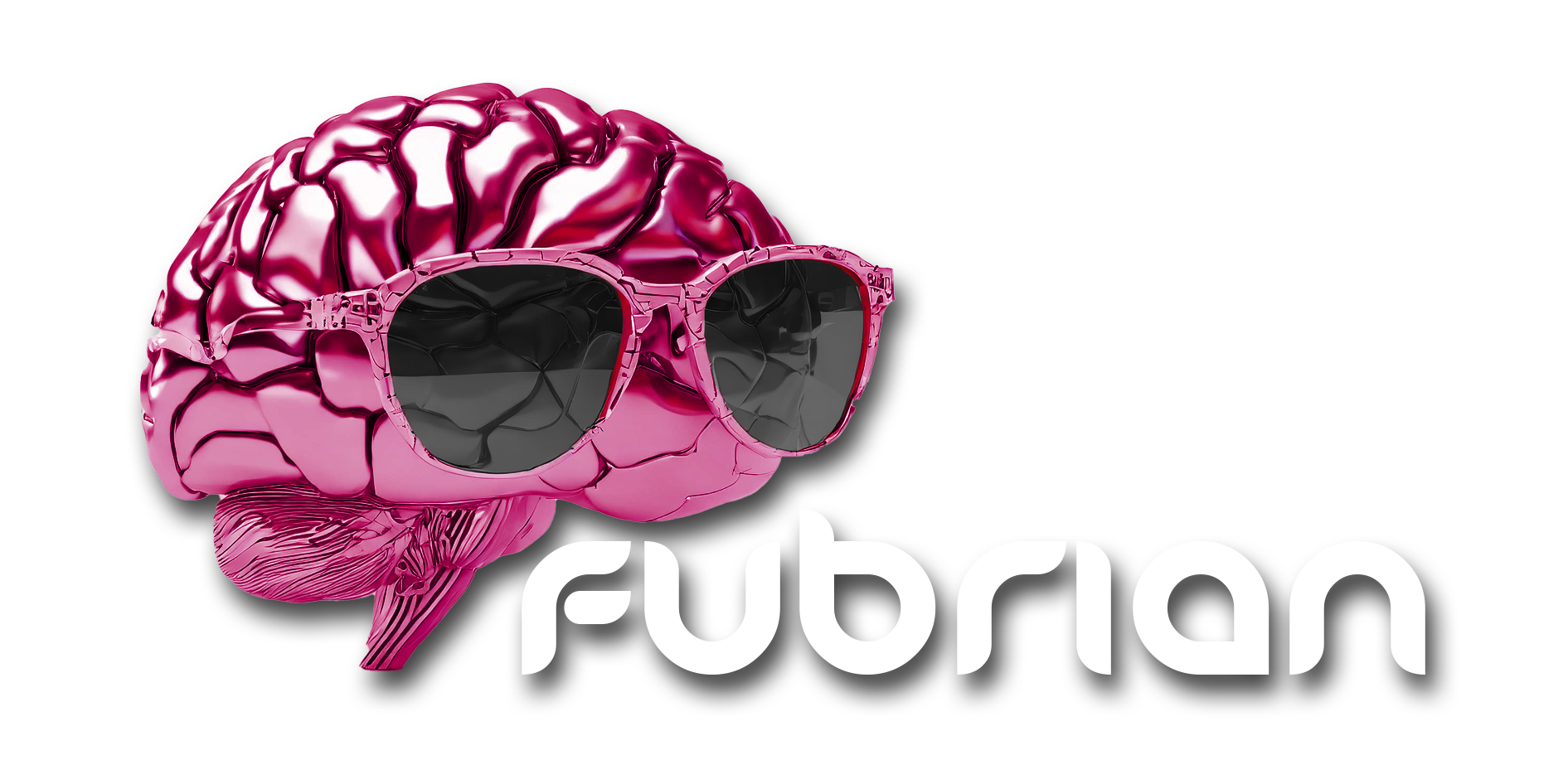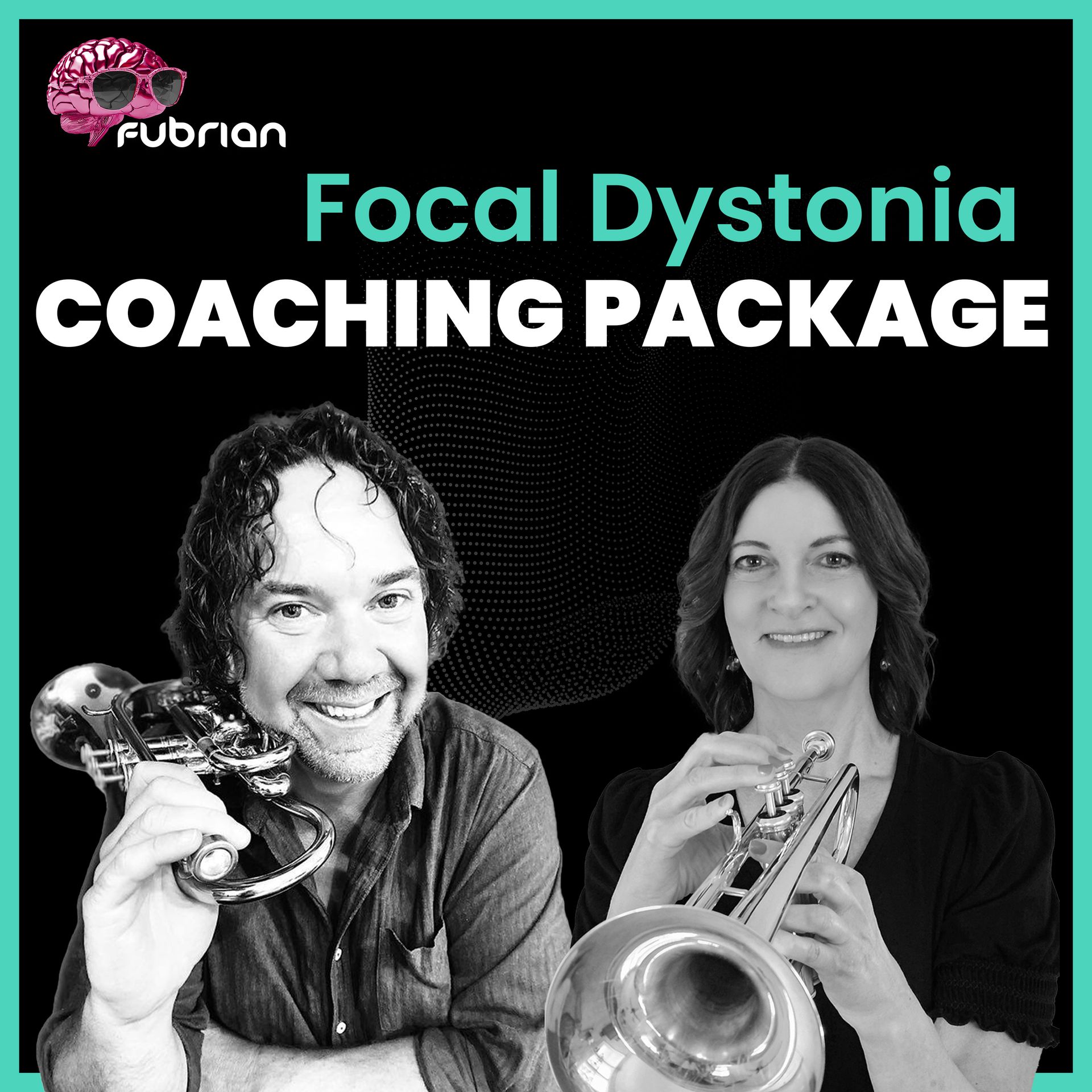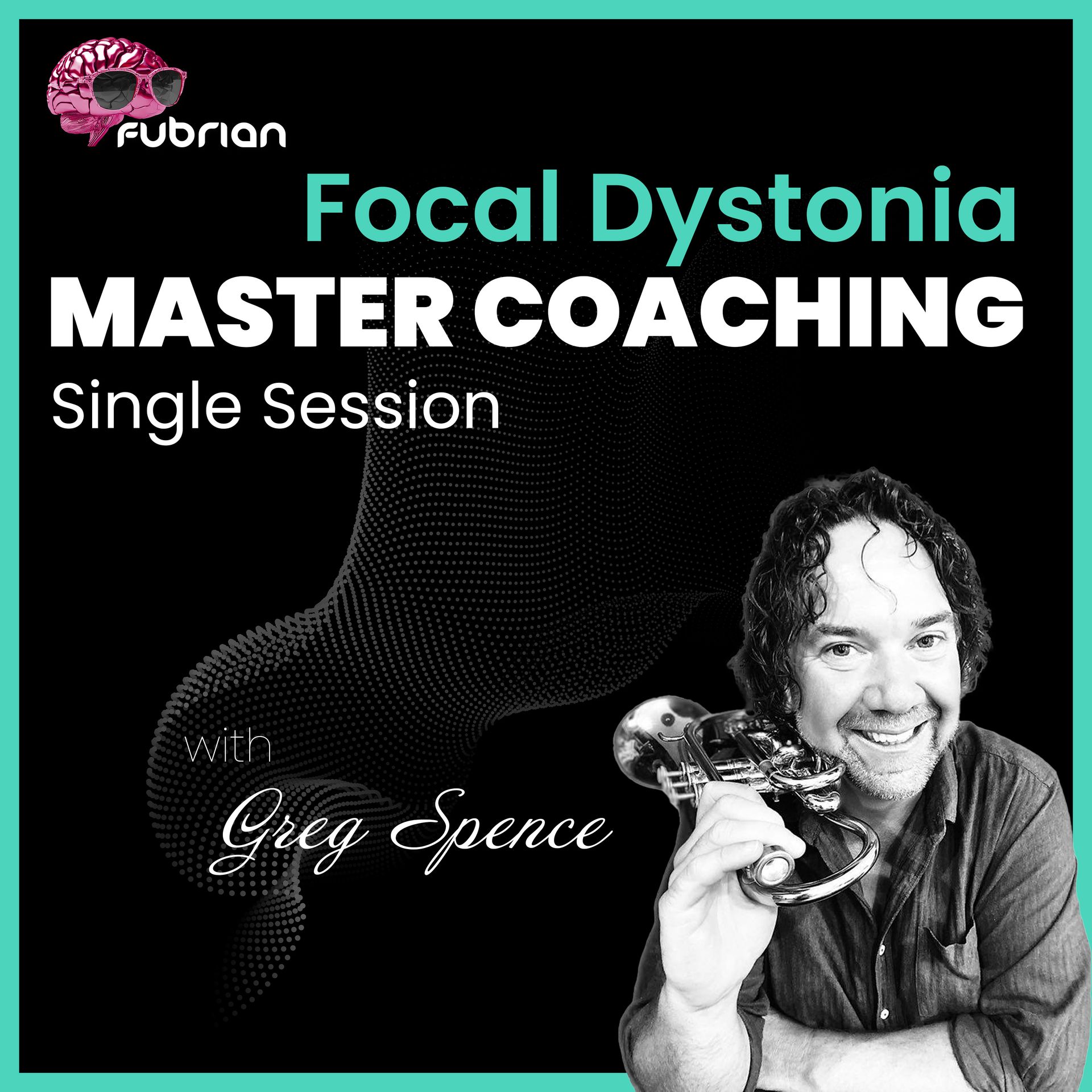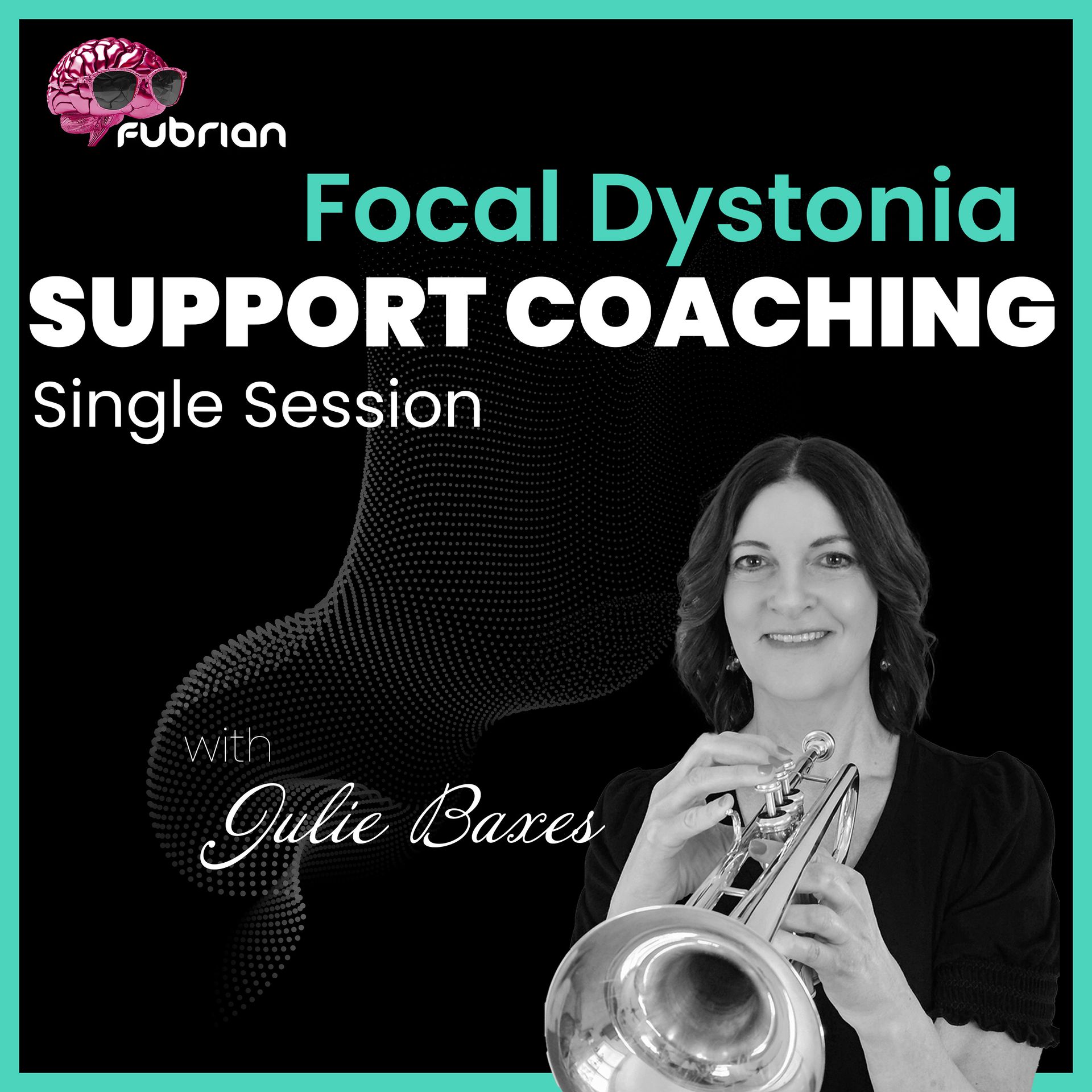What Is Focal Dystonia?
Musician's Focal Dystonia
Musician’s focal dystonia is considered a neurological motor disorder characterized by involuntary muscle contractions that interfere with playing a musical instrument. It is a task-specific dystonia, meaning that actions involved in playing, such as strumming a chord on a guitar, forming an embouchure, lifting a trumpet into playing position, or pushing piano keys down, trigger involuntary muscle contractions. Sufferers may experience these as extreme tightness, shaking or cramping. Some may also notice a loss of coordination, endurance, range or speed.
In our research and experience, musician’s dystonia usually involves more than the involuntary muscle contractions affected musicians notice most. The condition is part of an overactive nervous system and frequently tangled up with mental and emotional distress such as fear, anxiety, doubt, and confusion; trauma and other negative experiences. Even playing elements, such as breathing and posture, can be impacted. The body is not broken, but, somewhere along the way, playing became a threat. For us, it is a whole body, whole mind condition—one that requires a comprehensive approach based on the individual.
Musician's Focal Dystonia Coaching Process
We designed our coaching package to help you lay the foundation for musician's focal dystonia recovery success. Our clients often experience relief, some immediate shifts and progress during these initial sessions. Recovery can feel like a rollercoaster ride, especially in the beginning, when you are learning to apply personalized, targeted strategies and develop new habits. Long-term success depends on patience, clarity, belief and confidence. We are eradicative, rather than adaptive, and partner with you to help eliminate ALL musician’s focal dystonia symptoms.
Initial 3-Session Coaching Package:
Program Orientation
Session 1: 1-1.5 hours
In your first session, you will meet with Julie Baxes for a discussion of your current situation and an overview of our recovery approach, strategies and concepts. As a recovering musician herself, Julie will share insights to save you time and effort, and answer any questions you may have. You will also get homework to start you on your healing path.
Master Coaching
Session 2: 1.5 hours+
Prepare to be enlightened during your session with Greg Spence! Greg will help you understand your current scenario, assign personalized drills and strategies, and move you forward in multiple ways. He will also set the stage for additional work as you gain competence with initial exercises.
Follow up Support
Session 3: 0.5-1 hour
Julie will meet with you to follow up on your progress, answer questions about your session with Greg, review strategies and make recommendations as needed.
Most clients will need additional guidance and support on their recovery journey. After you’ve completed your initial sessions, you can choose how you want to proceed with coaching and support.
Meet Your Musician's Focal Dystonia Coaches
Greg Spence is an internationally renowned performing artist, educator and coach. He is the rare breed of being both a world-class trumpet player and an innovator of brass education. Greg specializes in helping musicians overcome focal dystonia, Bell’s palsy/synkinesis and performance anxiety.
With his versatility in commercial, jazz, Latin American, funk and classical playing, Greg has been an in-demand trumpeter for national advertising campaigns, theater shows, concerts, symphony features, Australia’s smash hit “Dancing with the Stars” and more. He has played alongside some of the most recognized performers in the world including James Morrison, Wayne Bergeron, Herbie Hancock, Florence and the Machine, Katy Perry, Bobby Shew, Olivia Newton-John, Jose Feliciano, Shirley Bassey, Human Nature, The Cat Empire, Ministry of Sound, Seal and Tim Minchin, just to name a few.
As a sought-after visiting artist and clinician at top-line universities, Greg has held master classes throughout Europe, the United States and Australia. He has also been a guest presenter at the International Trumpet Guild conference and Midwest Clinic.
Greg incorporates physics, neurology and psychology into a holistic, groundbreaking pedagogy that simplifies brass-playing techniques. He has coached professional players and educators from prestigious organizations all over the world including the Royal College of Music, London; University of North Texas; University Of Ljubljana, Slovenia; Sydney Symphony Orchestra; Baylor University; New Zealand Symphony Orchestra; Berlin Symphony Orchestra; RTE Concert Orchestra, Dublin; Copenhagen Philharmonic; and more.
Greg holds a B.A. in trumpet performance from the Victorian College of the Arts University.
Julie Baxes is a trumpet player who began her music journey as a pianist, performing with church choirs, in small ensembles, and for weddings and other special occasions. She picked up trumpet in her mid40s, took lessons with various teachers over the years, and has studied exclusively with Greg Spence for more than 5 years.
Julie has performed with area bands, the Jeffco Brass, university jazz and concert bands, and the Rocky Mountain Brassworks, a British-style brass band that plays in metro area venues.
She began experiencing symptoms of musician’s focal dystonia about 6 years ago. These migrated from rehearsals to the practice room, lessons and performances, eventually requiring Julie to leave her performing groups. Fortunately, she reconnected with Greg Spence after studying with him previously. Together, they have been extensively researching musician’s focal dystonia, recording hundreds of session hours and developing effective recovery strategies. As a result, Julie has made remarkable progress and will soon return to rehearsals and gigs.
Julie has worked in the marketing communications and public affairs field for more than 30 years as a writer, editor, public speaker, staff manager, marketing and public affairs strategist, and special events manager. She holds a B.A. in journalism and a marketing minor from Arizona State University.
This Video Helped Save A Career
"I was compelled to randomly reach out to a complete stranger after seeing a disturbing post on Facebook by a professional musician suffering from Musician's Focal Dystonia. The despair was obvious. Thankfully, he replied to my email and we got together for a couple of lengthy coaching sessions." - Greg Spence
Initial Facebook post by Joshua B., professional flutist:
"I’ve played all my cards, and sometimes ya gotta get out with some dignity and discover the next chapter waiting.
It’s bittersweet, but even when success was within my grasp with so much treatment, it was just a mirage. After 3 years of trying to overcome this, I’m out.
It’s been a good run and career ✌️ good luck to everyone else out there!"
Greg's Response:
"Hello Joshua, I am touched by your MFD post and it keeps appearing on my feed so I felt compelled to reach out to you. I have just filmed a personal message for you.
I don't mean to be forward, I'm just giving you one more card...
My sincere best wishes,
Greg Spence"
Joshua B.'s Response, Great Result:
"Update since my depressing post a few months ago…
I passed my military music assessment! *it’s like a college jury every year. Categories: rhythm, technique, interpretation, tone, articulation, intonation.
A technical and lyrical piece on both flute and piccolo, plus sight reading for both, and 24-hour quickly prepared pieces on both. I needed a 21/36 to get my recommendation for promotion and my recommendation for re-enlistment.
My command here has been supportive and see the growth and effing hard work.
What’s next: new contract and next rank. Sure, I’m nervous about the next contract and new leadership. I’ll need a 22 to maintain my rank, and a 24 or 26 to even start looking at the rank after that.
I’m not recovered, but am recovering. Confidence is up. I wanna thank Greg Spence for reaching out, coaching me, and not letting me give up.
Tons of techniques and strategies to reach steps of success- happy to share if you wanna DM."
Podcasts and Videos
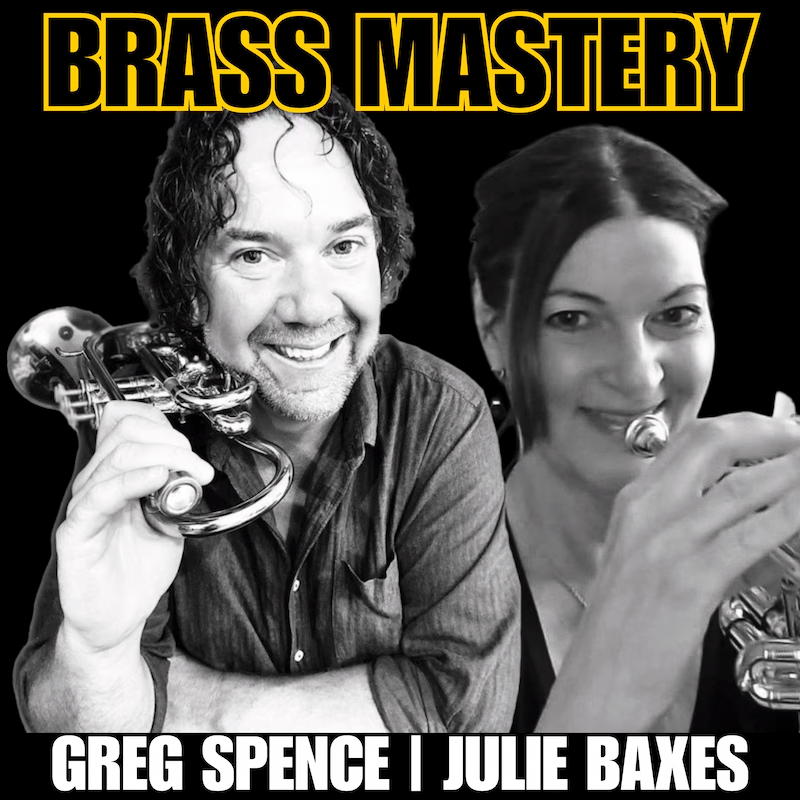
Brass Mastery-James Newcomb Podcast
In this episode with James Newcomb, Greg Spence and Julie Baxes explore steps required to overcome musician’s focal dystonia. Julie also shares struggles and triumphs of her near-recovery journey with the help of Greg’s structured coaching approach.
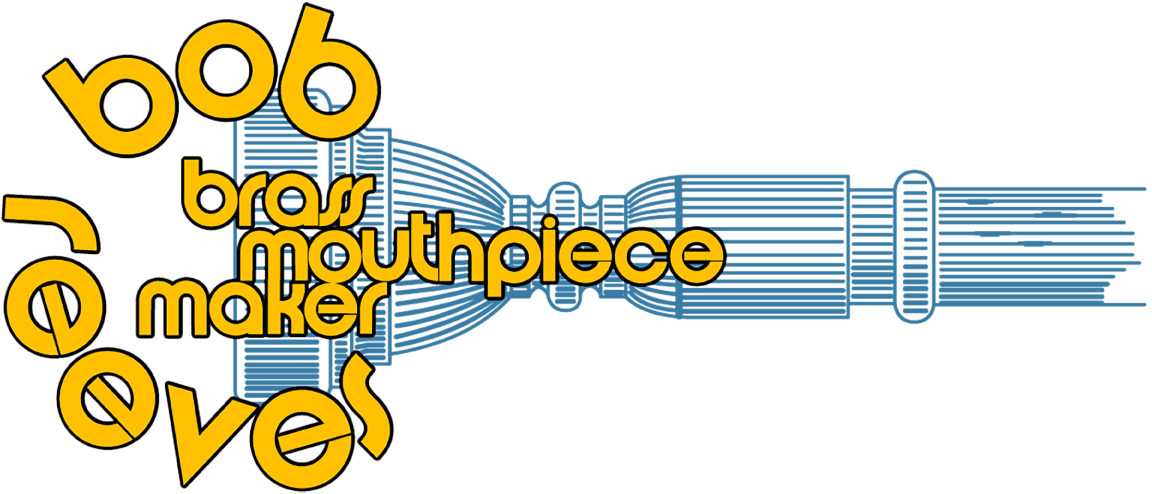
Bob Reeves Podcast with Greg Spence and Julie Baxes
Host John Snell interviews Greg Spence and Julie Baxes about their remarkable work to understand musician’s focal dystonia and how to recover from it. Greg and Julie also share tips and insights to help affected musicians.
Book a FREE Fubrian Assessment
We are offering a free service to help evaluate your issue personally.
COMMON MUSICIAN'S DYSTONIA QUESTIONS
Please contact us with any questions we haven’t answered here.
